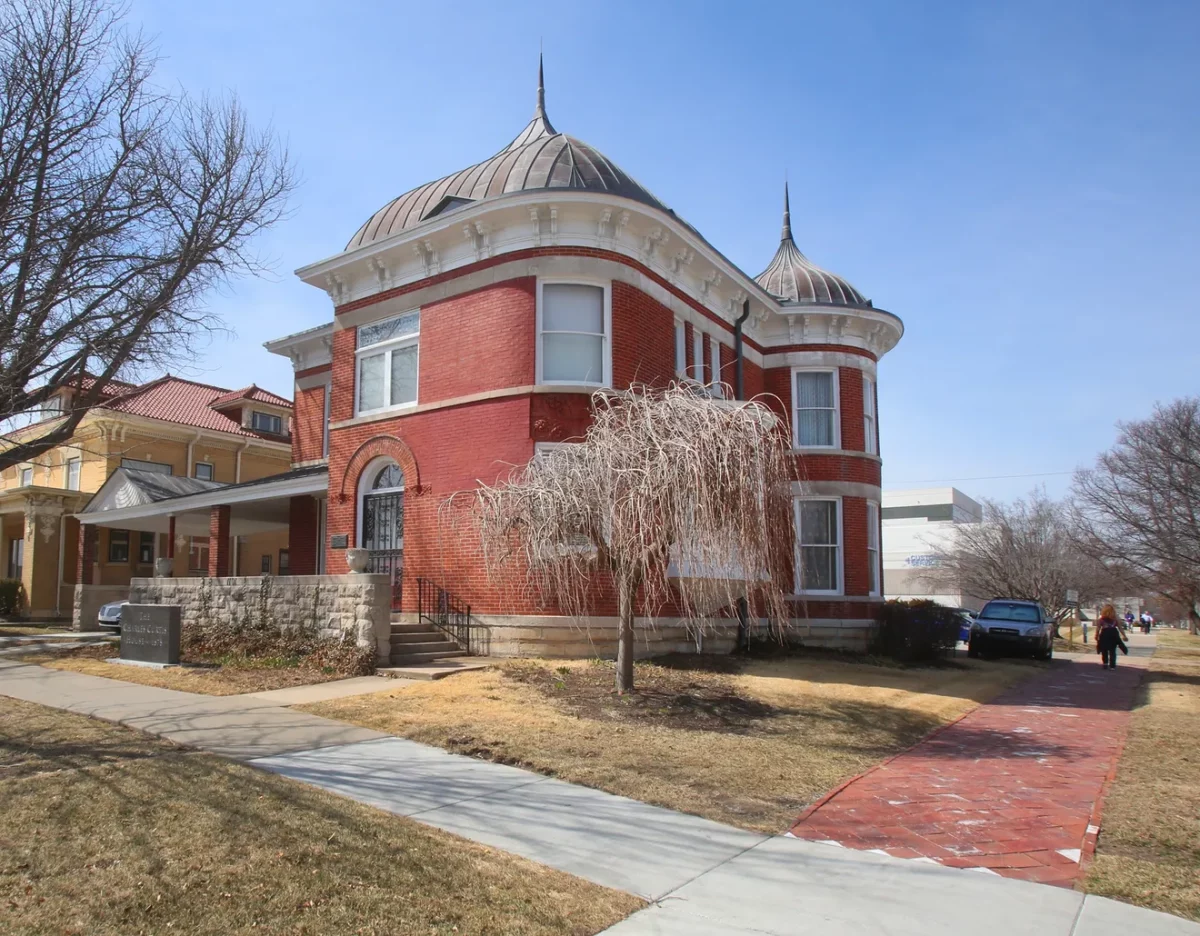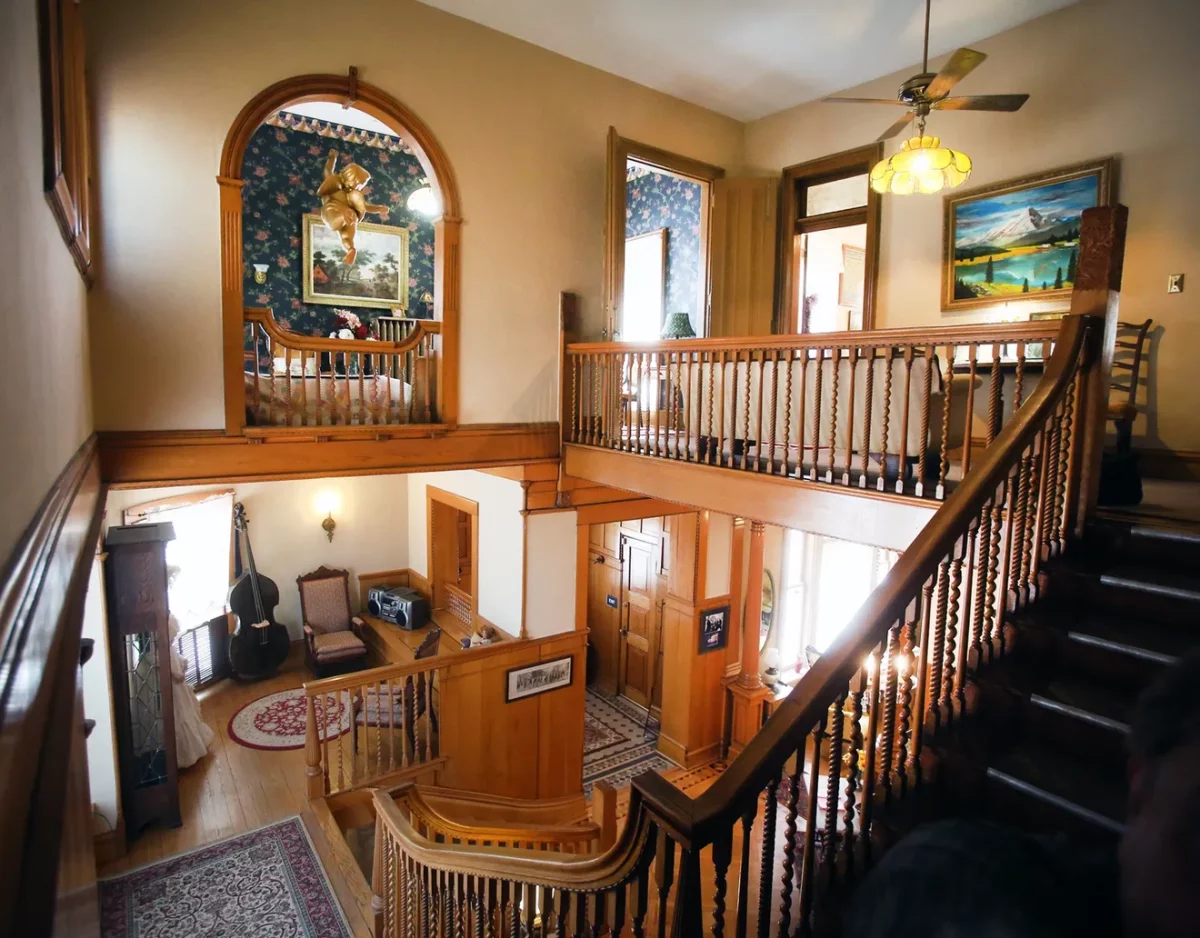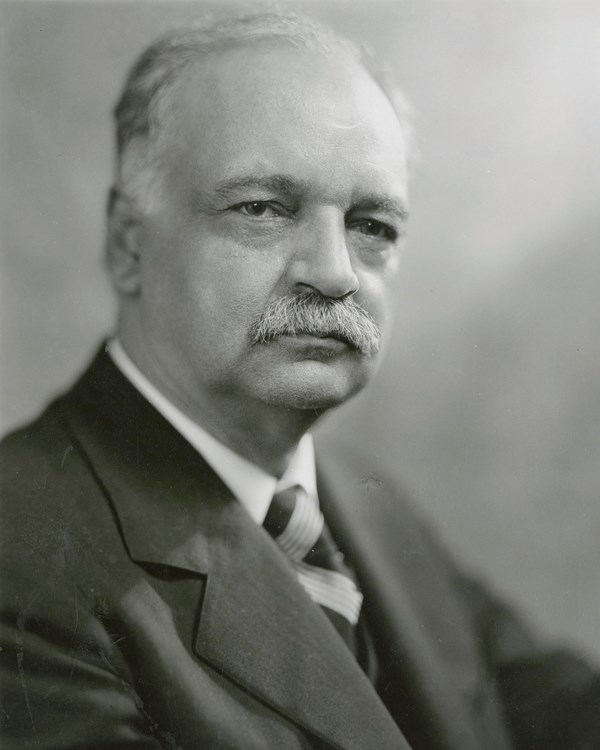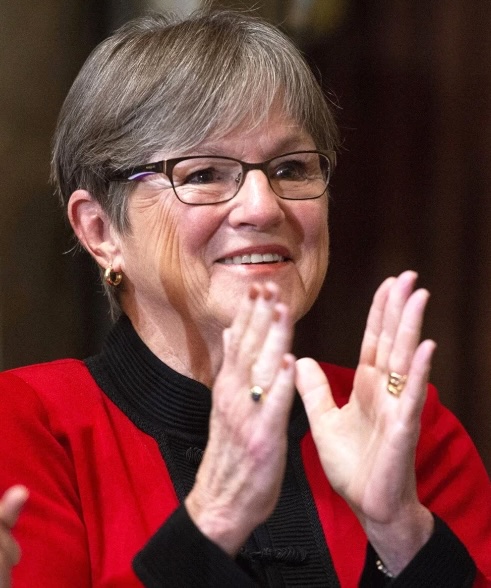Charles Curtis, the Topekan who served as vice president under Herbert Hoover, is a Great American Story worthy of remembering and one of which Kansas can be proud. But as taxpayers, we don’t need to own his former house.
You will never spend a $1.50 plus the penny that goes into that cool hand crank vending machine that presses his portrait into the flattened coin – because as big things go, Charles Curtis and the story of his life, though admirable, is just not that big a deal.
There’s a push on by Topeka interests in the Kansas Legislature right now for the state to cough up $300,000 toward the purchase of Curtis’ 1879-vintage mansion, which the Kansas Historical Society wants to combine with charitable donations from its foundation to operate as a museum. It’s privately owned right now, and the announced price tag as of 2021, per a Topeka Capital Journal story, is $750,000, although the Shawnee County Appraiser’s Office lists its value at a little over $240,000. Once the KSHS came up with the rest of the money, the state would operate the home as a museum.

And from that point, although no one seems to be mentioning it, we all know what happens. More public money has to be spent to maintain the structure and staff the museum and bankroll the coffee mugs and keychains and bookmarks with Curtis’ portrait on them the Historical Society will try to sell as souvenirs. In short, $300,000 will be only the beginning, and though it’s not a lot of money when we consider Governor Kelly is withholding a $4 billion surplus of our tax money, everything really does add up when you’re looking at a state budget that has to be funded year after year after year.
None of that devil’s advocacy should detract from the relevance of Curtis’ life. He was born in 1860 and is renowned as the first person of color – he is reputed to be 3/8 Native American – to serve as vice president of the United States. Race-obsessed proponents sell that point pretty hard, although photos of him in his middle years reveal no traditional native features – he looks like just another balding white guy. But he spent much of his childhood on the Kaw Reservation after the death of his mother and became a talented horseman, and is said to have accompanied Kaw interpreter Joe Kim when Kim rode for help 60 miles from the reservation to Topeka in 1868 during the Cheyenne uprising at Council Grove.
Curtis’s family pressed him to continue his education, and he eventually became a lawyer and bought the home in Topeka before serving as a Republican in the U.S. Senate and later as Hoover’s vice presidential pick in the 1928 election. Hoover’s disastrous handling of the early years of the Great Depression sealed both their political fates in the 1932 election, when voters viewed them a national failure and tossed them out of office with the election of Franklin D. Roosevelt.

The home is indeed a splendid example of late 19th century architecture, like many others that have been cherished and painstakingly preserved throughout Kansas. It’s similar to the home of better-known Emporia newspaper man William Allen White in Emporia, but even White’s home struggles for recognition and tourist traffic.
Few people in the state know who Curtis is, and even fewer from outside our borders are familiar with him. That fact calls into obvious question the value of the expenditure being proposed, and what return on that tax money could realistically be expected. The home is presently operated as a museum, and generates only enough traffic to be open on Saturdays. It will never be an Eisenhower Library or a Cosmosphere.
Curtis’ story could be better told and reach a wider audience with a bust and perhaps a video kiosk presentation in the Kansas Capitol Building, which is rife with everyday traffic as well as school trips and general tourism – a far more effective and cheaper way to pass along the tale of his life.
Dane Hicks is a graduate of the University of Missouri School of Journalism and the United States Marine Corps Officer Candidate School at Quantico, VA. He is the author of novels "The Skinning Tree" and "A Whisper For Help." As publisher of the Anderson County Review in Garnett, KS., he is a recipient of the Kansas Press Association's Boyd Community Service Award as well as more than 60 awards for excellence in news, editorial and photography.





